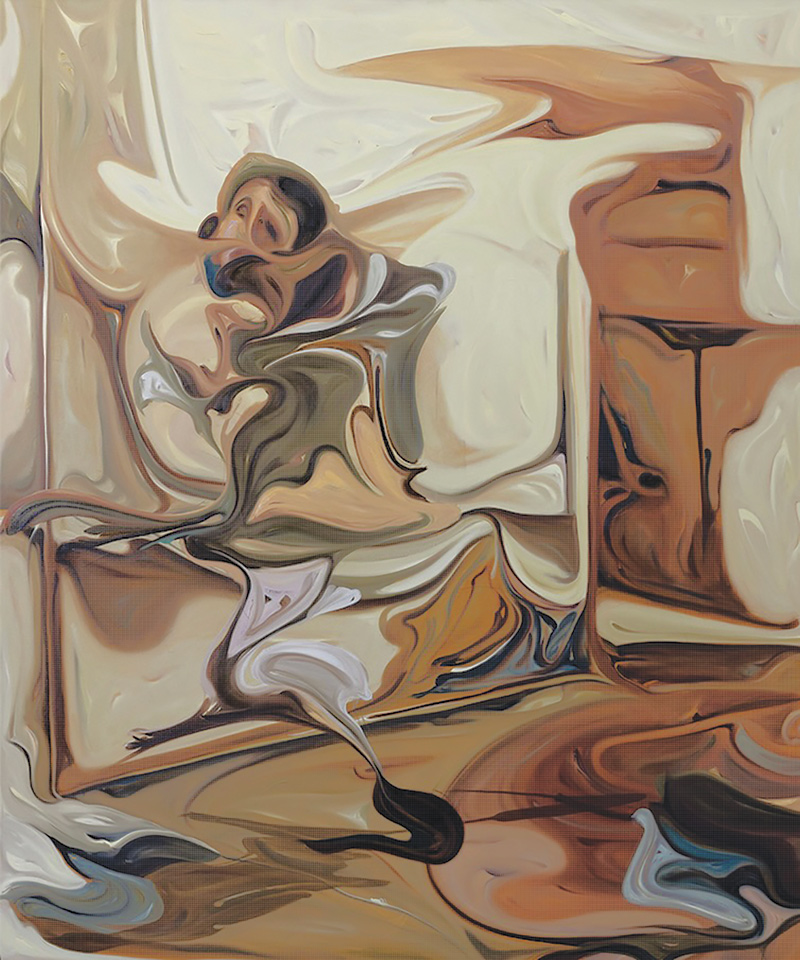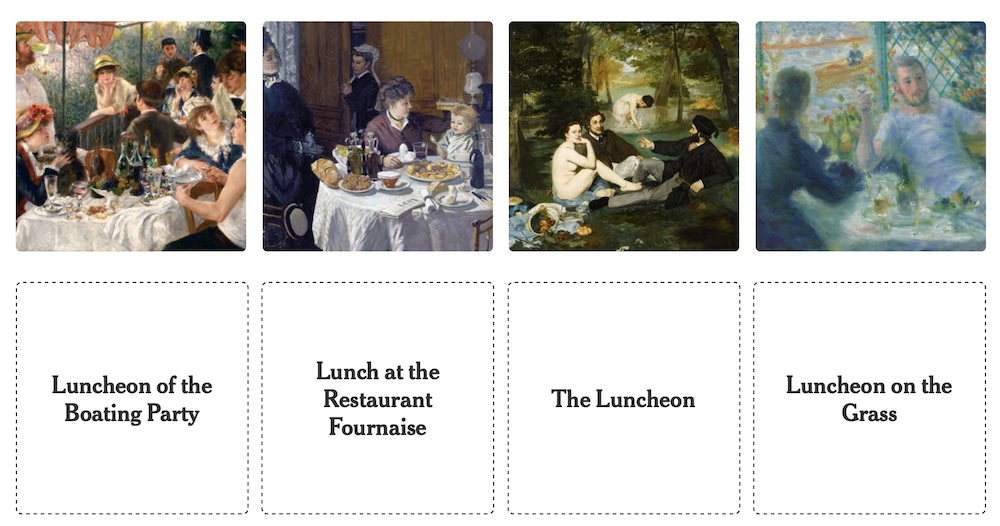Life After Art School: Five Years Later
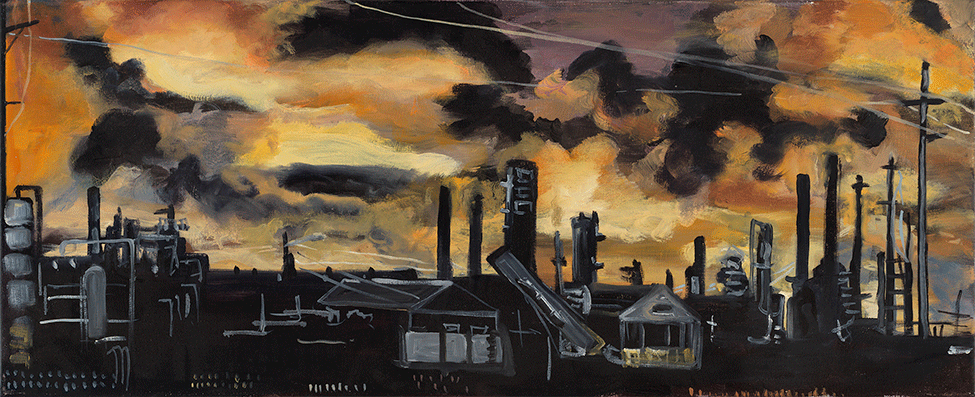
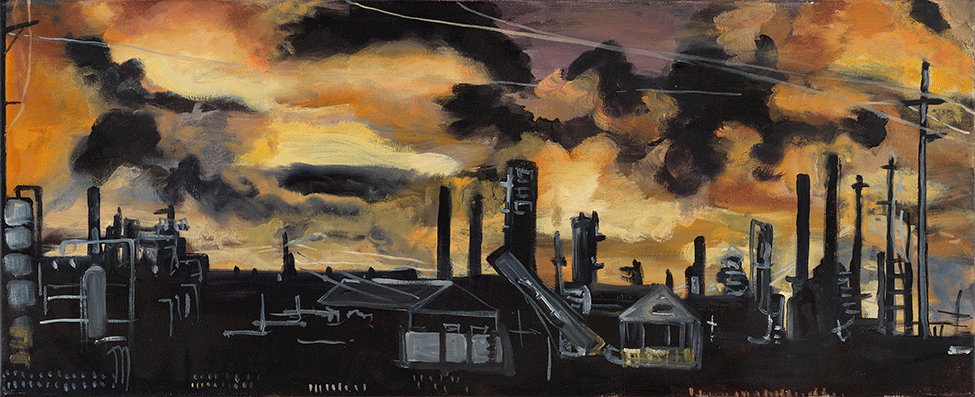
Life After Art School is an interview series by a former CGN Intern. The first part was written in 2014.
This five-year follow-up is broken up into three parts:
• Megan Bonke's Five Year Follow up (article below)
• Life After Art School: Making Transitions and Transactions – Part I
• Life After Art School: Making Transitions and Transactions – Part II
By MEGAN BONKE
Five years ago when I was an intern at Chicago Gallery News, I set out to write an article about what to do after art school. I was just over one year out of undergrad myself and still very much confused on what direction to take for a career path. While living at home, balancing odd jobs and internships, I went out and asked a number of former art students what they did after leaving school, rather than choosing to write an article about all of my own floundering. Some of the people I talked to were recent graduates, some were artists with long careers, and some never graduated from any art school at all. I didn’t get any specific answers for myself then, but I did see that there are many different paths for artists. Perhaps there were no answers because they can’t teach (ie: guarantee) success in the arts. Or at least, that’s what I thought after researching and writing the article.
Since that time I’ve have many more jobs, with each one effectively leading (though hardly in a linear way) to the next. I am grateful for the work I have today, and I feel more comfortably on a path than I’ve felt before. I do, however, still have more questions about life after art school, and those questions are about mainly about money. An elusive, even taboo, topic, one that is an underlying driver in the overall market, money and art is also something that many desperately want to know more about. I want to ask, as a professional artist now, where and how do you make or get money? And then how do you manage it?
In my current profession as a Studio Manager for artist René Romero Schuler, I’ve been getting lessons on how to thrive as a professional artist – lessons that were never taught — hardly addressed, actually — in school. My biggest lessons about money so far are within my own practice. For instance, a client once commissioned a piece from me — a big, intensive, collaborative piece — and I messed up the money because I never directly and definitively talked about the numbers. Wires got crossed, and I didn’t ask for compensation until it was too late. I had thought there would eventually just be a fluid payment for an amount that was negotiated based on labor and materials that would be seen as fair at the completion of the project. I didn’t name a number in the beginning because, the truth was, I didn’t know that was when I had to do it and I didn’t know exactly how much time or how many hours the commission would take. It ended up being something bigger than I had ever done, and I was very insecure about the client ultimately being happy with the work, and with me.
When the job was finished, and I put a number out there that I thought was fair for me, the rebuttal from the client was so far beneath what I thought was my fair asking price that I was floored. The client was firm – condescending, actually, and I was stuck. As a result the situation revealed a brutal truth to me: people will pay as little as possible to get what they want. Personally, I’m now grateful that the situation taught me some lessons, albeit some scary ones. A follow up is that I’ve also found that talking about money too soon can scare clients away. Ultimately I want opportunities to be paid what I deserve as well as make a client happy.
I now really believe the romantic notion of a 'starving artist' should be nipped in the bud! Artists don’t just need to eat; they need a place to sleep, clothes, healthcare, materials and a place to work. The opportunity to create art is not compensation enough. Because selling, and getting paid for, art can be an ongoing struggle, we learn to hustle and make any additional money where we can – in odd or regular (ie: money making) jobs – so that we can hold on to and ultimately work towards the dream of making art for a living. All the while we must also find the extra time to create that work that we hope to sell (and live on!). To people who are not artists, our art making may be perceived as a side gig, or hobby, to our money–making jobs. Some think we are dying to give away (or donate) our art just so that we can have the opportunity for recognition, when really we are trying to figure out a way to transition, to thrive on that 'side gig'.
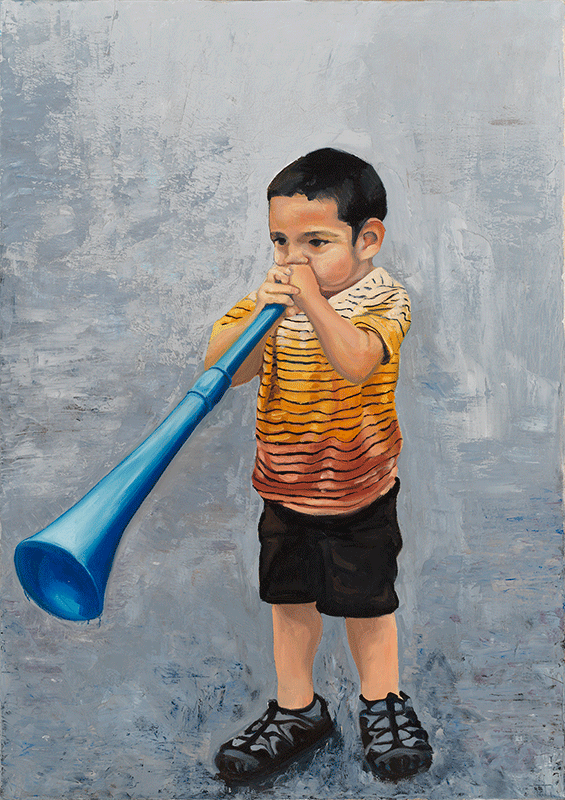
So with all the real challenges, how do we do it and become professional? Can we start talking about money as artists? What are art schools today teaching students about success after graduation?
As was the case when I wrote the first piece for CGN, I talked to other artists to get their perspectives.
My first interview this time (linked below as Part I) is with a French artist, David Twose, about taking his own scary leap from a comfortable (lucrative, non-art) job to becoming a full-time, professional artist. My second interview (linked below as Part II) is with a current art student, Wendolyn Sterkel, who has also taken a leap, switching from a traditional, public university to attending art school.
For both of these interviews, I’ve tried my best not to shy away from questions about financial challenges. I also hope my own story helps others move closer to an understanding of life as a professional artist.
Related:
Read Life After Art School: Disappointments and Future Plans (from 2014)
Read PART I of Life After Art School, Transitions and Transactions (2019)
Read PART II of Life After Art School, Transitions and Transactions (2019)
Top image: Megan Bonke, BP, 12 x 30in (diptych detail), oil on linen, 2017, Collection of Jacob Gerber, photo credit Tom Van Eynde
